У колекції Чернігівського історичного музею імені В.В. Tarnovsky's work by the teacher and rector of the Kyiv-Mohyla college is preserved, Archimandrite of Chernihiv Yeletsky Monastery, Ukrainian diplomat, writer and philosopher of the 17th century. Ioanikia Halyatovsky - "The Key of Reason" 1659 year (No. Al-953).
Among the objects of the Cossack era "Catalogue of Ukrainian antiquities of the collection of V.V. Both Petrieries could do for the Genoese shopping gallery (Kyiv, 1898 рік), we meet a list of 42 old prints of the 16th-18th centuries. It is known, patron and connoisseur of antiquity Vasyl Tarnovsky collected books exclusively from Ukrainian printers (Ostrog, Lviv, Kyiv, Chernihiv, Почаїв). The "oldest" book in the collection was the Ostroh "Bible" 1580 р., "youngest" - Kyiv "New Testament" 1798 Dr.. Among these old prints under no 800 we meet the work of Ioanikiy Halyatovskyi "The Key of Reason" (Kyiv, 1659 рік). To the "Key to Understanding" were later added "Sermons added to the book The Key to Understanding Named" and. Galyatovsky (Kyiv, 1660 рік). The two works are in one leather cover with embossing from a later time (the name is made in Latin font).
Another work by I. was kept in the collection of a well-known patron. Galyatovsky "The True Messiah" (Kyiv, 1669 рік). Вочевидь, it is still kept in the museum (No. Al-351). In this way, three works of the Ukrainian writer of the 17th century were preserved in the collection of Vasyl Tarnovsky. Іоаникія Галятовського.

At the bottom of the book you can see a paper sticker with the image of a noble crown, under which, on the background of the ermine mantle (symbolizes the princely family), we see the coat of arms of the Tarnovskys (Leliva). From below, the piece of paper is marked with ink "No. 1.". It can be assumed, that, when the owner of the collection of Ukrainian antiquities, Vasyl Tarnovsky, Jr., conducted an "inventory" of his library or a part of the collection, then could put this serial number. Також, probably, already after the patron's death, someone could have accidentally pasted a piece of paper with a number from another book.
Do 1659 Dr.. in the printing house of the Kyiv-Pechersk Lavra I. Galyatovsky published his first printed collection of sermons called "The Key of Reason", at the end of which he later included the first homiletics course in Ukraine (the art of preaching) - treatise "Science or a way of evil of Kazan". "The key of sanity" he endured 4 editors (1659 and 1660 рр. - Kyiv editions, 1663 and 1665 рр. - Lviv editions). The "Key" contains a preface to priests and laymen, "kazan" for various holidays, 14 teachings, "science or a way to add Kazan", "Miracles of the Immaculate Mother of God".
Ioanikiy Halyatovskyi himself came from Volyn. Graduated from Kyiv-Mohyla college. He was a student and associate of Lazar Baranovych. Worked as a teacher of rhetoric, and later, became rector, leading the Kyiv-Mohyla collegium (the end of the 50s - 60s. ХVІІ ст.).
Holding the post of abbot of the Kyiv-Bratsky Monastery and rector of the Kyiv-Mohyla College, And. Galyatovsky had a conflict with the Vicar of the Kyiv Metropolitanate, Bishop Methodius of Mstislavsk (Archtop Maksym Filimonovych of Nizhyn), to which a significant part of the Ukrainian higher clergy was hostile, through those, that the bishop was a protégé of the Moscow patriarch. Hence, the Ukrainian clergy did not recognize the authority of the bishop. Do 1664 Dr.. the contradictions between I. Halyatovsky and Methodius became so acute, that the rector of the college was forced to leave Kyiv. In one of his letters I. Galyatovsky directly asserted, who traveled from Kyiv, “because Father Methodius insulted him and persecuted him”. Do 1664 Dr.. And. Galyatovskyi settled in Lviv, where the Kyiv rector was supported by the Lviv bishop Athanasius Zhelyborskyi. On 1668 year and until his death I. Galyatovsky lived in Chernihiv. With the support of Chernihiv Archbishop Lazaray Baranovich, he became an archimandrite, leading the Yeletsky Men's Monastery.
At this time, among other things, And. Galyatovskyi took part in the meeting of Patriarch Paisius of Alexandria, who spent some time in Chernihiv in August 1672 р., participated in the election of Ivan Samoilovych as hetman in 1676 р., analyzed the controversial case of L. Baranovych with Nizhyn Archpriest Simeon Adamovych (provocateur and agent of Moscow) about church properties, moreover, together with other spiritual people, he signed the sentence of deprivation of S. Adamovych of Protopopia and his imprisonment in a monastery for slandering I. Samoilovich.
Died I. Galyatovsky 2 January 1688 to the end of "living well.", die in old age 1688 year of the month of Januarius 2 day, put to eat in the Church of the Assumption of the Blessed Virgin Mary, under its own form" in Chernihiv.
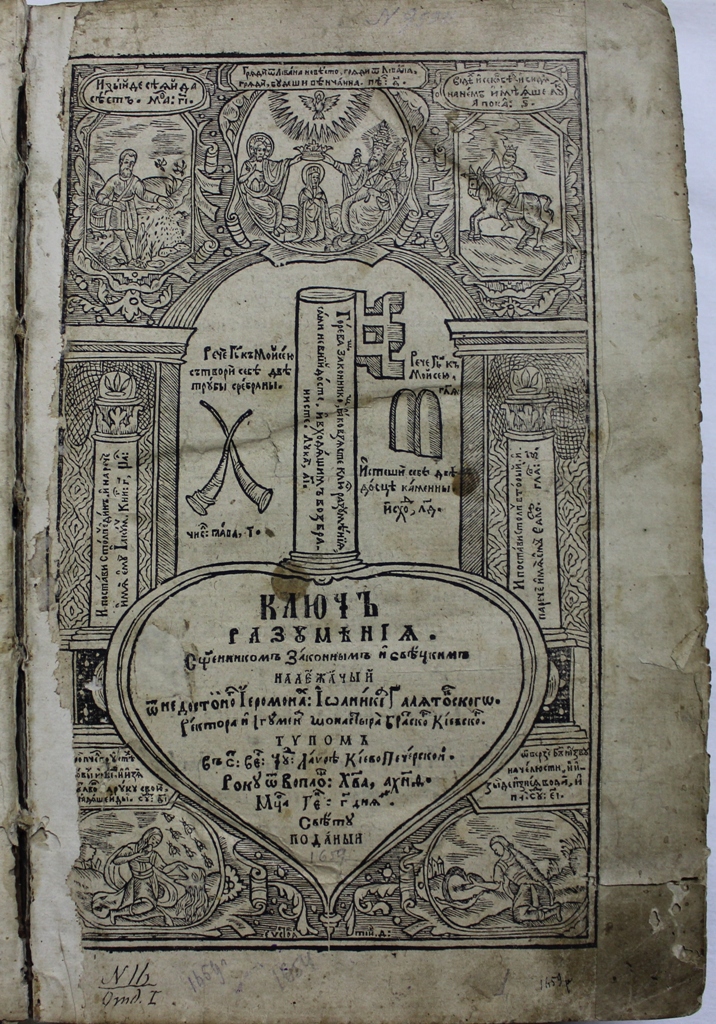
In "The key to understanding" I. Galyatovsky distinguishes a physical church, that is, the temple building, "made of stone or wood", and invisible, spiritual church. The latter is given the epithet "garden-vineyard", in which the highest spiritual fruits ripen. According to the Christian tradition, the thinker calls the church "the body of Christ", the structure of which is imagined in the following way: holy martyrs are hair, prophets are eyes, the lawmen are teeth, bishops - neck, kings are righteous, hetmans, governors - hands. The church can be strong in its faith, on whose wings she rises to the sky.
At the same time, the church is surrounded by secular institutions, earthly temptations, therefore it resembles a ship, which floats on a stormy sea. In a symbolic form I. Galyatovsky seeks to determine the place of the church in this world, reflects on the relationship between the church and the state. In the 17th century, when part of Ukraine was still under the rule of Poland, the professors of the Kyiv-Mohyla College sought to prove the supremacy of the national Orthodox Church as the "first power" in relation to the royal state - the "second power".
"The key to understanding", in which the author reflects on the role of the church, written in the late 50s of the 17th century., when Left Bank Ukraine was already occupied by Muscovy, but the Ukrainian church for several more decades (to 1686 р.) did not recognize the supremacy of the Moscow patriarch and the tsar. It remained for a considerable time the last bastion of the struggle for Ukrainian independence. Іоаникій Галятовський, as well as his mentor Chernihiv Archbishop Lazar Baranovych, were forced to obey the royal authority, seeking material and political support from her to solve certain church problems, but he defends the position of his predecessors in understanding the relationship between the role of the church and the state in society: Ukrainian hetmans, Moscow tsars and governors are called only hands of the church, which should manage them (theocracy).
Today, the Chernihiv Historical Museum named after. VV. Four works of the Ukrainian writer of the 17th century are preserved by Tarnovsky. Іоаникія Галятовського, which were published by the printing house of the Kyiv-Pechersk Lavra and Mykhailo Slozka's printing house (Lviv). They came to the museum collection from the collections of Vasyl Tarnovsky and the Chernihiv diocesan repository of antiquities.
Maxim the Blue, Igor Sity

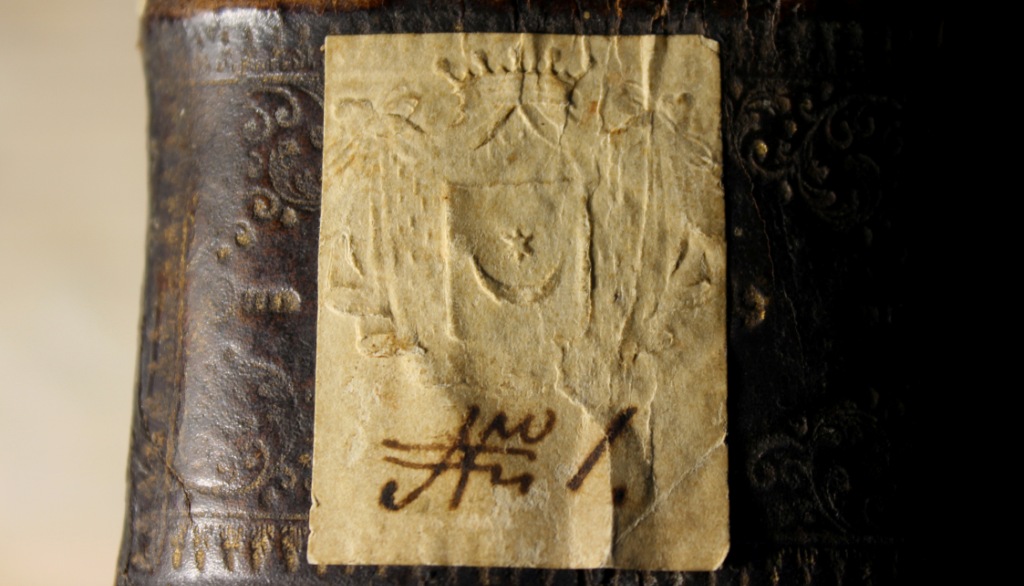
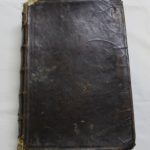

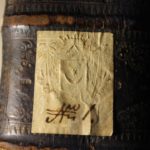

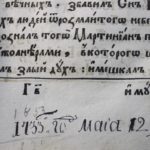

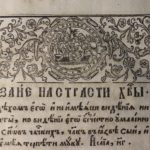
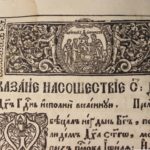

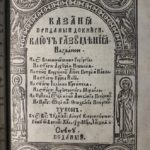


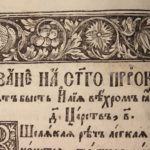
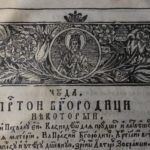
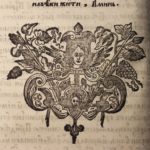




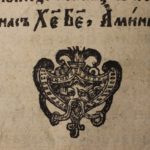
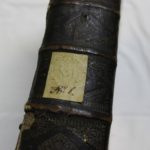
More Stories
Head of Museum of Life and Art Georgy Vakulovsky
Vasily Tarnovsky's Remembrance Day
They saw us